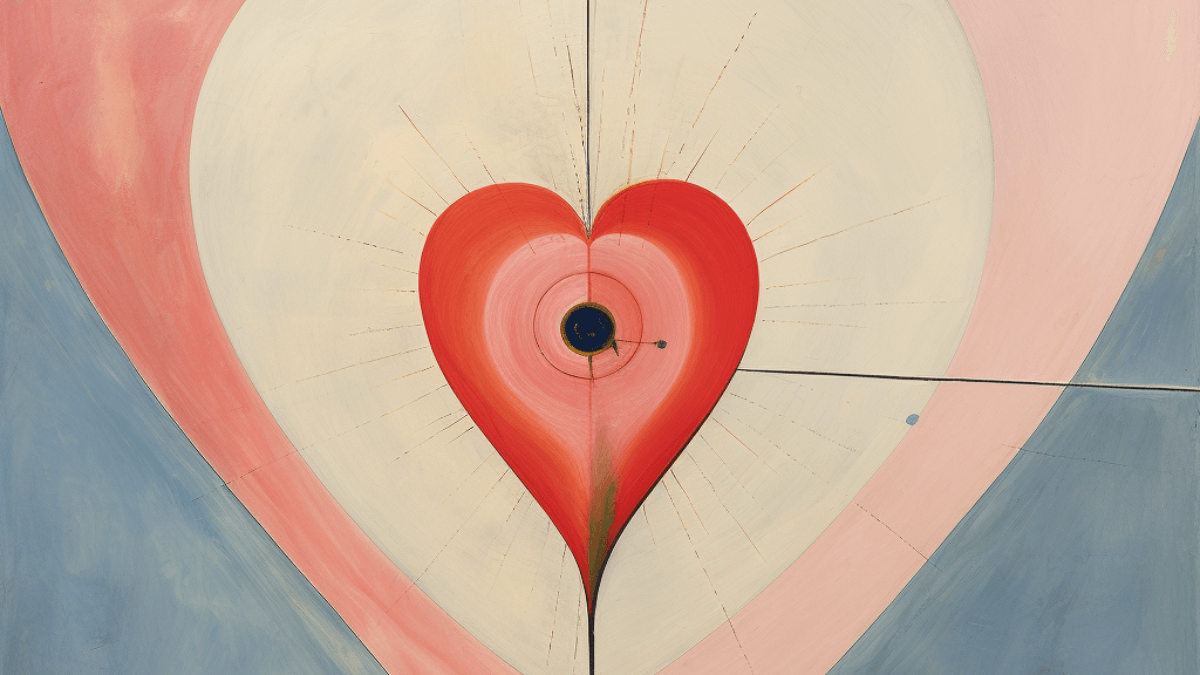While we are waiting for our desire to ripen, we can start work on the skills we will need when it comes time to express it to another person. We want to communicate our desires skillfully, and so we develop the practices of what we call “holding” and “moving.”
A gap exists between any desire and its attainment. When we are fixated and grasping, that gap fills up with anxiety. But when we are holding, the gap is infused with a delightful sense of anticipation. We are replete with liveliness flowing through us.

The wild animal inside us is awake.
When we are able to do that, all pressure is removed from the situation. If the desire is for another person, for something we want from them—sex, perhaps, or attention—there is no way they can disappoint us; we are already having the experience we want. We are no longer even tempted to try to control a response. All the obnoxious things we might conceivably do if we were coming from a place of grasping for what we want are out of the question.
Our strategy cannot possibly be wrong because we do not have one. To the person on the receiving end, this approach feels marvelous. We are conveying that they, too, can do no wrong. Even if they decline our invitation, they will experience the revealing of our desire as a gift.
The second skill we practice is moving. We start by acting on small impulses in order to build trust with our desire over time. We come into resonance with it eventually, and that is when we start to experience moving with our desire.
Our usual conception of moving is: We have a desire to be somewhere; we decide to go there; we tell our body to move. When we let our desire move us, there are no steps. Movement and desire co-arise. We discover what we desire when we find ourselves moving toward it. In this way, intuition and spontaneity become a reliable way of navigating daily life.